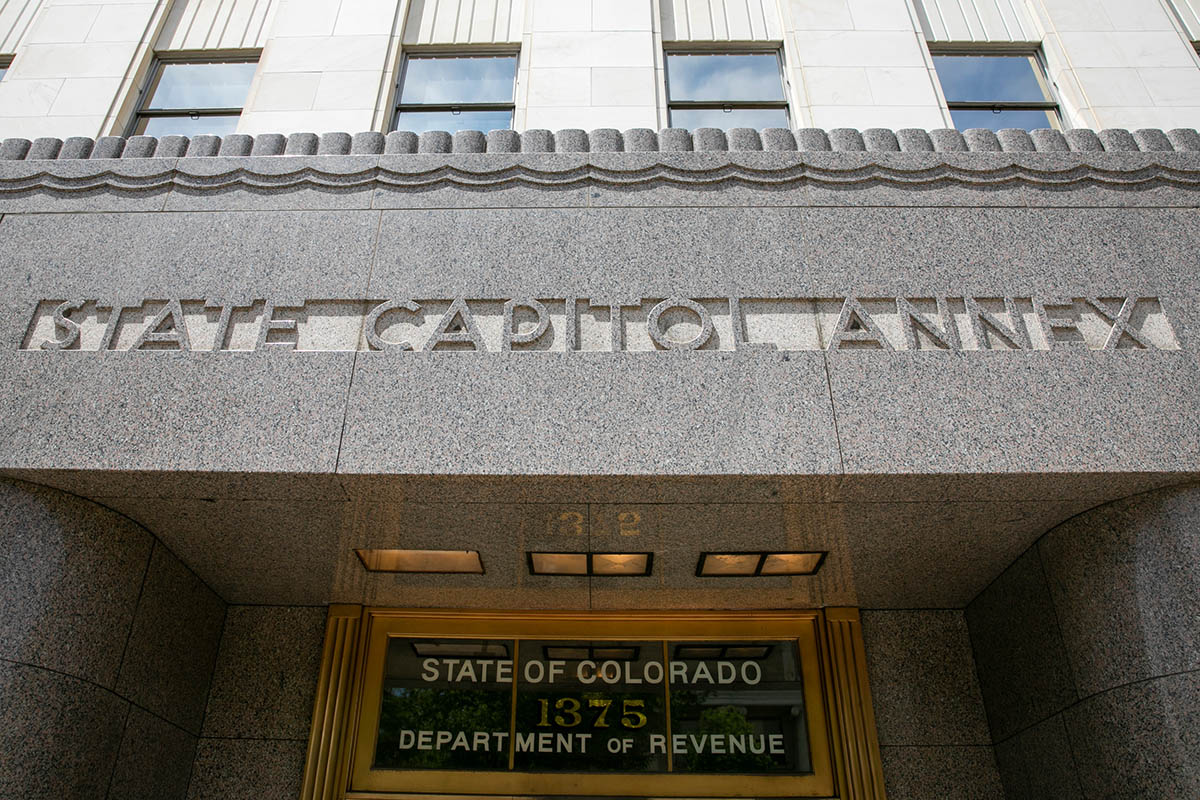

Finance
Synthetic Lease Definition
Published: February 5, 2024
Discover the meaning of synthetic lease in finance and understand how it can benefit your business. Gain insights into this financing option and its implications for your company's financial strategy.
(Many of the links in this article redirect to a specific reviewed product. Your purchase of these products through affiliate links helps to generate commission for LiveWell, at no extra cost. Learn more)
The Synthetic Lease Definition: Understanding The Basics of This Innovative Financing Tool
Finance can be a complex world, filled with jargon and technical terms that can be difficult to decipher. One such term that you might come across is “synthetic lease.” But what exactly is a synthetic lease, and how does it work? In this blog post, we will explore the definition of a synthetic lease, its advantages and disadvantages, and its potential uses for businesses.
Key Takeaways:
- A synthetic lease is a financing structure that allows a company to retain the tax benefits and use of an asset without having to record it on its balance sheet.
- It is considered a type of off-balance-sheet financing, making it an attractive option for companies looking to minimize their debt ratios.
So, what is a synthetic lease? In simple terms, a synthetic lease is a financing tool that allows a company to have the benefits of owning an asset without actually owning it. Instead, the company enters into an agreement with a special purpose entity (SPE) that purchases the asset and leases it back to the company. The company then makes lease payments to the SPE, which in turn uses those payments to service the debt it incurred to purchase the asset.
This arrangement allows the company to retain the tax benefits associated with owning the asset, such as depreciation deductions and interest expense deductions, without having to record the asset on its balance sheet. As a result, the company can maintain a more favorable debt ratio, making it an attractive option for businesses looking to minimize their debt obligations.
While synthetic leases can offer significant advantages, it is important to consider their potential disadvantages as well. One major drawback is the increased financial complexity involved. Companies may need to navigate through a variety of legal and accounting considerations, requiring the involvement of experienced professionals.
Advantages of Synthetic Leases:
- Off-balance-sheet financing: Synthetic leases can help companies keep assets off their balance sheet, resulting in a more favorable debt ratio and potentially improved creditworthiness.
- Tax benefits: By retaining the tax benefits associated with asset ownership, companies can maximize their deductions and potentially reduce their overall tax liability.
- Flexibility: Synthetic leases offer flexibility in terms of lease structure, term length, and end-of-lease options, allowing companies to tailor the agreement to their specific needs.
So, why would a company choose to enter into a synthetic lease? There are several potential benefits:
- Off-balance-sheet financing: Synthetic leases can help companies keep assets off their balance sheet, resulting in a more favorable debt ratio and potentially improved creditworthiness.
- Tax benefits: By retaining the tax benefits associated with asset ownership, companies can maximize their deductions and potentially reduce their overall tax liability.
- Flexibility: Synthetic leases offer flexibility in terms of lease structure, term length, and end-of-lease options, allowing companies to tailor the agreement to their specific needs.
Despite these advantages, synthetic leases may not be suitable for every situation. The complexity involved in these arrangements, along with potential changes in accounting standards, means that careful consideration should be given before entering into a synthetic lease.
In conclusion, the synthetic lease is an innovative financing tool that allows businesses to enjoy the benefits of owning an asset without the associated debt on their balance sheet. While it offers advantages such as off-balance-sheet financing and tax benefits, it is essential for companies to carefully evaluate whether this financing structure aligns with their specific needs and circumstances.














